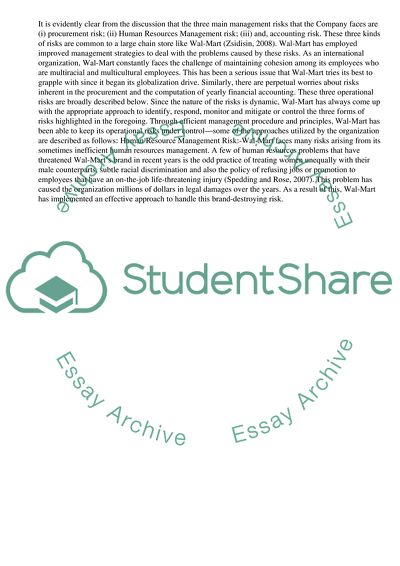Cite this document
(Current Risk Management Process in Wal-Mart Term Paper - 2, n.d.)
Current Risk Management Process in Wal-Mart Term Paper - 2. Retrieved from https://studentshare.org/management/1752193-risk-management
Current Risk Management Process in Wal-Mart Term Paper - 2. Retrieved from https://studentshare.org/management/1752193-risk-management
(Current Risk Management Process in Wal-Mart Term Paper - 2)
Current Risk Management Process in Wal-Mart Term Paper - 2. https://studentshare.org/management/1752193-risk-management.
Current Risk Management Process in Wal-Mart Term Paper - 2. https://studentshare.org/management/1752193-risk-management.
“Current Risk Management Process in Wal-Mart Term Paper - 2”, n.d. https://studentshare.org/management/1752193-risk-management.


